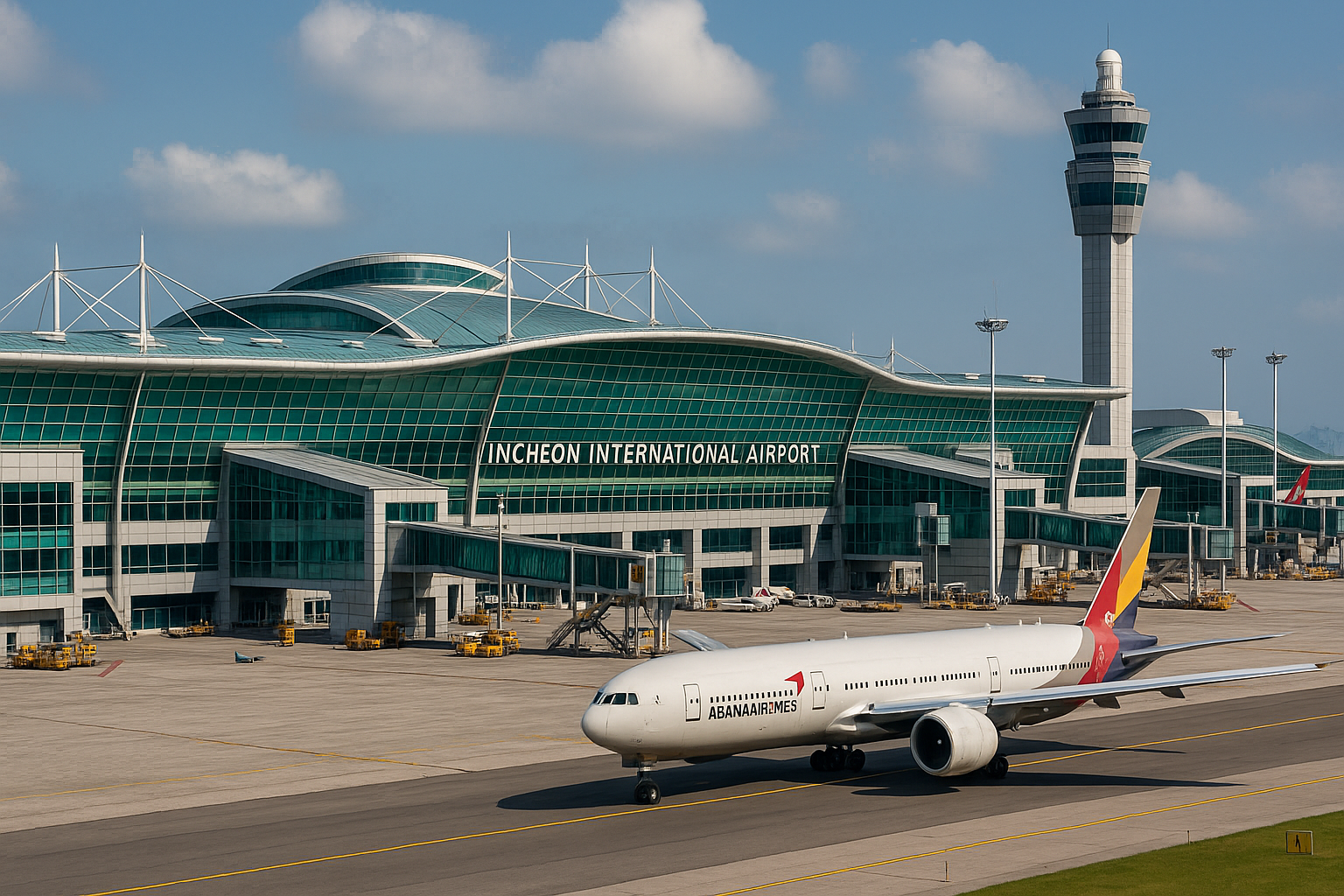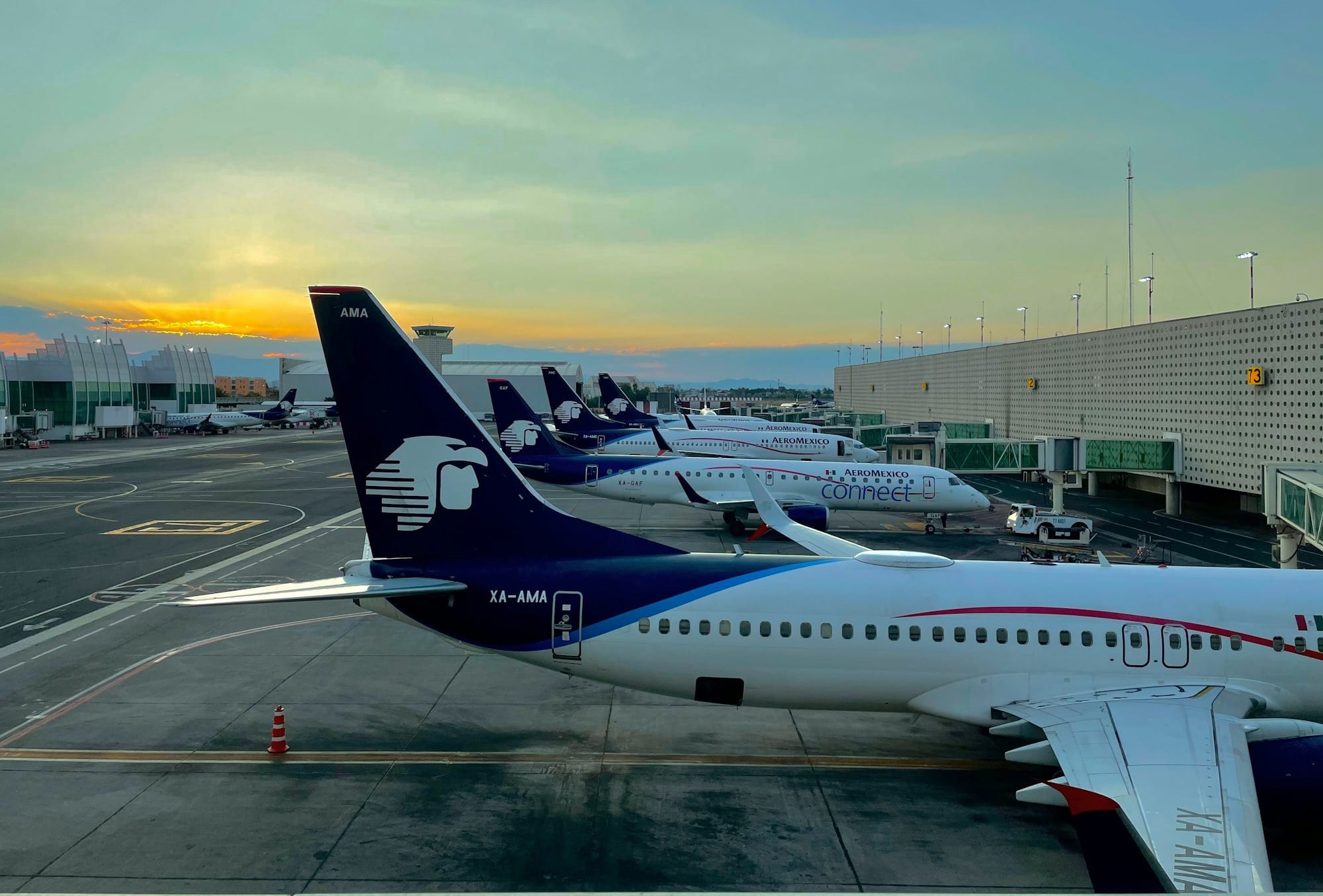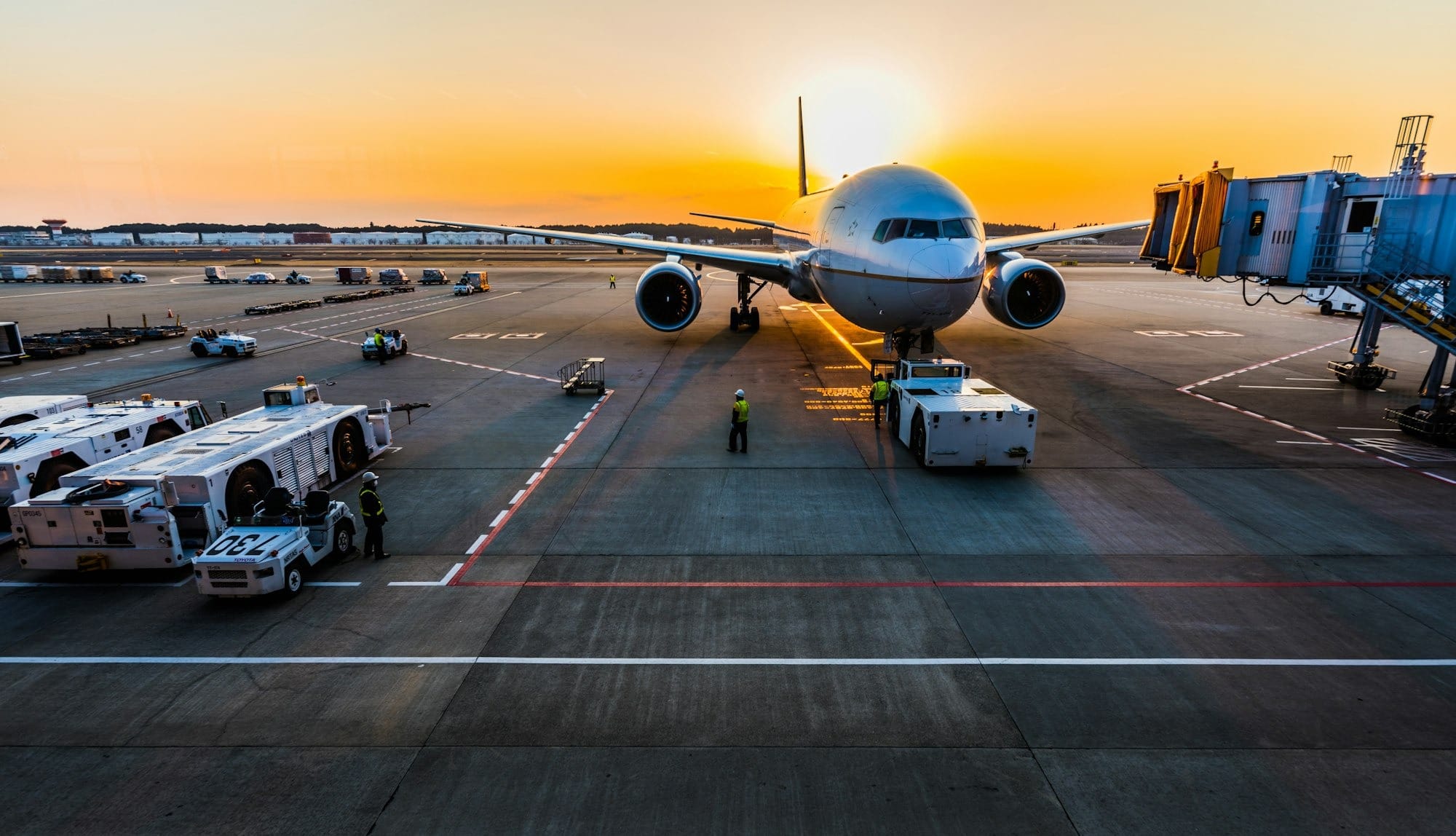Amsterdam Schiphol Airport Introduces Biometric Boarding Gates
Amsterdam Schiphol Airport has taken a significant leap forward in passenger processing by introducing biometric boarding gates. This cutting-edge technology aims to make the boarding process faster and more efficient, enhancing the overall travel experience.

Amsterdam Schiphol Airport Introduces Biometric Boarding Gates
Key Takeaways:
- Biometric boarding gates streamline the boarding process, reducing wait times for travelers.
- Enhanced security measures ensure a safer and more efficient travel experience.
- Amsterdam Schiphol Airport sets a new standard in airport technology and passenger convenience.

Introduction to Biometric Boarding Gates
Amsterdam Schiphol Airport has taken a significant leap forward in passenger processing by introducing biometric boarding gates. This cutting-edge technology aims to make the boarding process faster and more efficient, enhancing the overall travel experience. By leveraging facial recognition and other biometric data, these gates promise to reduce wait times and improve security measures.
The implementation of biometric boarding gates is part of Schiphol's broader strategy to integrate advanced technology into its operations. This initiative not only aligns with global trends but also positions the airport as a leader in innovation. Travelers can now look forward to a seamless and hassle-free boarding experience, thanks to these state-of-the-art gates.
How Biometric Boarding Gates Work
Biometric boarding gates utilize advanced facial recognition technology to verify passengers' identities. When travelers approach the gate, a camera captures their facial features and matches them with the data stored in the airport's system. This process is quick and efficient, allowing passengers to board their flights without the need for physical documents.
The technology behind these gates is designed to be highly accurate and secure. It minimizes the risk of identity fraud and ensures that only authorized individuals can board the aircraft. By automating the verification process, Schiphol Airport can handle a higher volume of passengers more efficiently, reducing congestion and wait times.
Benefits for Travelers
One of the primary benefits of biometric boarding gates is the significant reduction in wait times. Traditional boarding processes often involve long queues and manual checks, which can be time-consuming and stressful for travelers. With biometric gates, passengers can move through the boarding process quickly and smoothly, enhancing their overall travel experience.
In addition to saving time, biometric boarding gates also offer a higher level of security. The use of facial recognition technology ensures that each passenger's identity is accurately verified, reducing the risk of unauthorized access. This added layer of security provides peace of mind for travelers, knowing that their safety is a top priority.
Enhanced Security Measures
The introduction of biometric boarding gates at Schiphol Airport is not just about convenience; it also represents a significant enhancement in security measures. By using biometric data to verify passengers' identities, the airport can ensure that only authorized individuals are allowed to board flights. This reduces the risk of identity fraud and enhances overall security.
Moreover, the use of biometric technology allows for real-time monitoring and analysis of passenger data. This enables the airport to quickly identify and respond to any potential security threats. The integration of advanced technology into security protocols ensures that Schiphol Airport remains at the forefront of passenger safety and security.
Integration with Existing Systems
The implementation of biometric boarding gates at Schiphol Airport has been seamlessly integrated with existing systems. This ensures that the new technology works in harmony with the airport's current infrastructure, minimizing disruptions and maximizing efficiency. The integration process involved extensive testing and collaboration with various stakeholders to ensure a smooth transition.
By integrating biometric gates with existing systems, Schiphol Airport can leverage its current resources while enhancing its capabilities. This approach not only optimizes the use of technology but also ensures that the airport can continue to provide a high level of service to its passengers. The successful integration of biometric gates sets a precedent for other airports looking to adopt similar technologies.
Future Developments and Expansion
The introduction of biometric boarding gates at Schiphol Airport is just the beginning. The airport has plans to expand the use of biometric technology to other areas of its operations, including check-in and security screening. This will further streamline the travel experience and enhance overall efficiency.
In addition to expanding the use of biometric technology, Schiphol Airport is also exploring other innovative solutions to improve passenger processing. This includes the use of artificial intelligence and machine learning to optimize operations and enhance the travel experience. The airport's commitment to innovation ensures that it will continue to set new standards in the aviation industry.
Challenges and Considerations
While the introduction of biometric boarding gates offers numerous benefits, it also presents certain challenges and considerations. One of the primary concerns is the protection of passengers' biometric data. Schiphol Airport has implemented robust data protection measures to ensure that passengers' information is secure and used responsibly.
Another consideration is the need for ongoing maintenance and updates to the biometric systems. As technology continues to evolve, it is essential for the airport to stay up-to-date with the latest advancements and ensure that its systems remain efficient and secure. This requires a commitment to continuous improvement and investment in new technologies.
Case Study: Successful Implementation
The successful implementation of biometric boarding gates at Schiphol Airport serves as a valuable case study for other airports looking to adopt similar technologies. The project involved extensive planning, collaboration, and testing to ensure a smooth transition. Key stakeholders, including airlines, technology providers, and regulatory authorities, worked together to achieve this milestone.
The case study highlights the importance of a collaborative approach and thorough planning in the successful implementation of new technologies. By sharing its experiences and insights, Schiphol Airport can provide valuable guidance to other airports seeking to enhance their operations with biometric technology.
Conclusion
The introduction of biometric boarding gates at Amsterdam Schiphol Airport marks a significant milestone in the aviation industry. By leveraging advanced technology, the airport has been able to streamline the boarding process, enhance security measures, and improve the overall travel experience. The successful implementation of biometric gates sets a new standard for airports worldwide and demonstrates Schiphol's commitment to innovation and customer satisfaction.
Summary
Amsterdam Schiphol Airport has revolutionized the boarding process with the introduction of biometric boarding gates. This cutting-edge technology utilizes facial recognition to verify passengers' identities, significantly reducing wait times and enhancing security measures. The successful implementation of biometric gates has received positive feedback from travelers and sets a new standard for airports worldwide. Schiphol Airport's commitment to innovation ensures that it will continue to lead the way in enhancing the travel experience.
FAQ
1. How do biometric boarding gates work?
Biometric boarding gates use facial recognition technology to verify passengers' identities. When travelers approach the gate, a camera captures their facial features and matches them with the data stored in the airport's system. This process is quick and efficient, allowing passengers to board their flights without the need for physical documents.
2. What are the benefits of biometric boarding gates?
The primary benefits of biometric boarding gates include reduced wait times and enhanced security measures. The use of facial recognition technology ensures that each passenger's identity is accurately verified, reducing the risk of unauthorized access. This added layer of security provides peace of mind for travelers and enhances the overall travel experience.
3. What measures are in place to protect passengers' biometric data?
Schiphol Airport has implemented robust data protection measures to ensure that passengers' biometric information is secure and used responsibly. These measures include encryption, secure storage, and strict access controls. The airport is committed to protecting passengers' privacy and ensuring that their data is handled with the utmost care.







